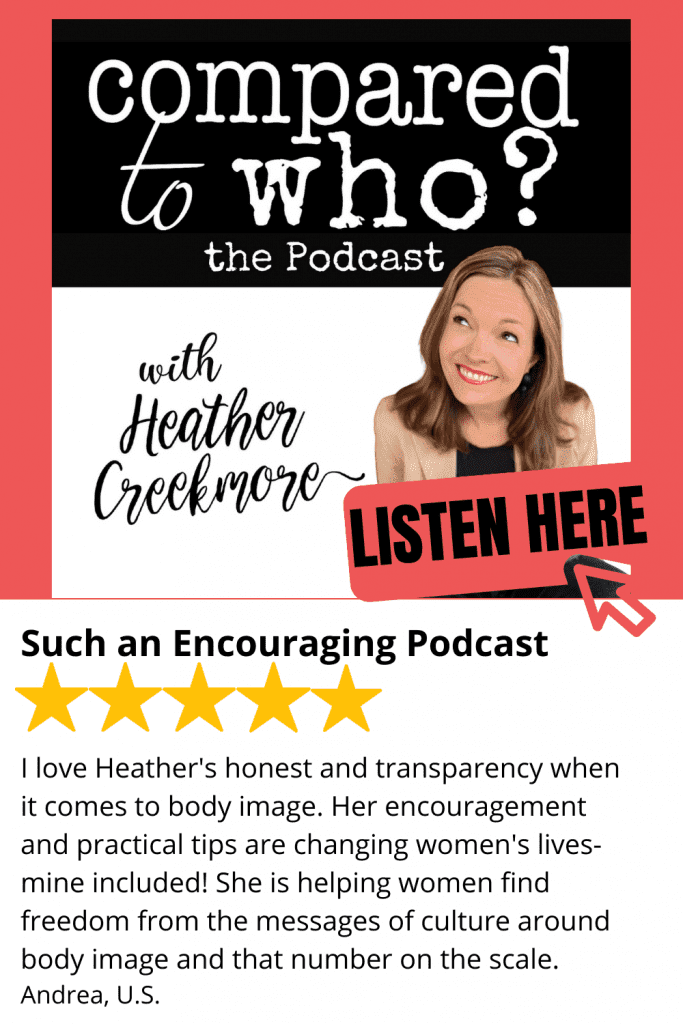Do As I Say AND As I Do: 4 Tips to Help Your Son Have Healthy Body Image
Tip 3: Call out unrealistic and manipulative body image portrayals in media.
This post is part three of a four-part series.
In the previous post in this series, we discussed the importance of speaking the truth about our bodies as creations of God. Unfortunately, our culture often presents another vision of the body, and this counterfeit version is amplified by our nearly omnipresent media.
We all are well aware of how the human body is promoted in our culture . . . The human body is to be “hot.” Ladies should be slim with a hint of muscle tone and presented in a way that emphasizes sexuality. Men should be tall, also lean, and conspicuously muscular. Varying levels of vascularity are acceptable, but at least some biceps veinage is mandatory. Though this is a newer phenomenon for the men, the male body is also now expected to be sexy. Both men and women should have great hair, teeth, and skin.
Why are these images so prevalent in our society?
The body—and especially a young, healthy-looking body—is powerful in its ability to draw attention. Advertisers and other professional media-makers are expert at pairing these idealized physiques (often with the help of beauty and graphic design teams) with scenes of “the good life”—attractive people having fun, achieving popularity, finding love.
When we see these alluring visual messages, our brains release dopamine, a chemical messenger that elicits pleasure and a sense of intrigue. And this dopamine release, in turn, causes us to crave more of these images so we can experience more dopamine, which leads us to crave more of these images . . . you get the idea. (I have written in greater detail about this positive feedback loop here.)
On top of that, we are sinful creatures. Though we are made for divine purposes, we are tempted to desire the “good life” the world promotes. We look at our own bodies and see that, for most of us, they don’t match those bodies in the media (including social media), and in our flawed calculation, some of us conclude that the shape of our body is keeping us from achieving a fully satisfying life.
So, how can you help your son avoid this trap?
Well, you can go off the grid and live in the woods, free from the graphic messages crafted by cynical marketers and social media users seeking an ego boost. Or, you can join an Amish community, if they’ll take you.
However, for those of us opting to stay plugged into modern “civilization,” though we can’t prevent all unhealthy media messaging about the body from reaching our sons, there is something we can do. And this brings us to . . .
Tip 3: Call out unrealistic and manipulative body image portrayals in media.
Discernment is a gift from God, but it is also something that is enhanced by constant practice.
This is a skill I helped students develop when I was a classroom teacher. I brought ads, articles, song lyrics, and movie scenes into class and guided my students in their analysis of the content. We looked at these samples for clues that revealed the underlying worldview of the content. Students were surprised to discover how subtle these content creators could be at influencing their audiences, and how this media often promoted ideas that the Apostle Paul referred to as hollow and deceptive philosophies.
Thankfully, the power of harmful media diminishes when we expose it and become aware of exactly what ideas are being promoted.
This discernment can be practiced with your son when you see manipulative images of the body in media, too. When you see an example of a positive or negative message, point it out to your son—or maybe your son will point it out to you. Examine it together. Is it expressing a godly view of the human being as a whole or of the body in particular?
A few years ago, my then six-year-old son and I were at the checkout counter of a local grocery store. He pointed to a young woman on a magazine cover and quite reasonably asked, “Why isn’t she wearing any clothes?” It was one of those photos with strategically arranged angles and arms, and strategically missing clothing. I wasn’t necessarily looking to address this issue with my six-year-old in that moment, but there it was, thanks to the great judgment of the magazine publisher and the grocery store chain.
At the time, I offered some thoughts about how we all want attention from others, but there are good and bad ways to get that attention. There are better ways of getting attention than showing our bodies, I explained to him. We can ask for attention from our parents, teachers, and friends. We can be kind to others, be a good friend, develop our talents, and pray to God, who is always with us.
Now that my son is ten, we are able to explore other body-related imagery in media on a much deeper level as he learns how media interacts with our desires and sense of ourselves, and as he learns to be in the world but not of the world.
When you and your son inadvertently see the ripped male physique with washboard abs, or the female counterpart—in the ad, on TV, in the movie—use it as an opportunity to teach him. Help him understand why that image is being presented, how it is intended to impact us, and how we should present our own bodies in a way that is honoring to God.
With ongoing conversations like these, we can help our children grow from being passive recipients of media messaging into mature interpreters of art and culture.
Many of the body image messages we see today take the body, the divinely constructed partner of the soul, and demote it to the inferior status of a mere idol. We as individuals cannot single-handedly change our culture. But we can equip our sons with the tools they need to withstand damaging messages, resist being pulled into the trap of comparison, and revel in the truth of who God created them to be.
Watch for Tip 4: Observe and respond to your son’s words and actions about body image.
 Sean Coons is the author of Body: or, How Hope Confronts Her Shadow and Calls the Flutter Girl to Flight, a Christian fiction comedy exploring body image and intuitive eating. Sean’s latest novel, Firefly: Let There Be Light, is a middle-grade adventure slated for publication by Black Rose Writing in October 2021. Twitter: @seancoons. Facebook: @seancoonswriter. Instagram: @seanmcoons. SeanCoons.com.
Sean Coons is the author of Body: or, How Hope Confronts Her Shadow and Calls the Flutter Girl to Flight, a Christian fiction comedy exploring body image and intuitive eating. Sean’s latest novel, Firefly: Let There Be Light, is a middle-grade adventure slated for publication by Black Rose Writing in October 2021. Twitter: @seancoons. Facebook: @seancoonswriter. Instagram: @seanmcoons. SeanCoons.com.





0 Comments